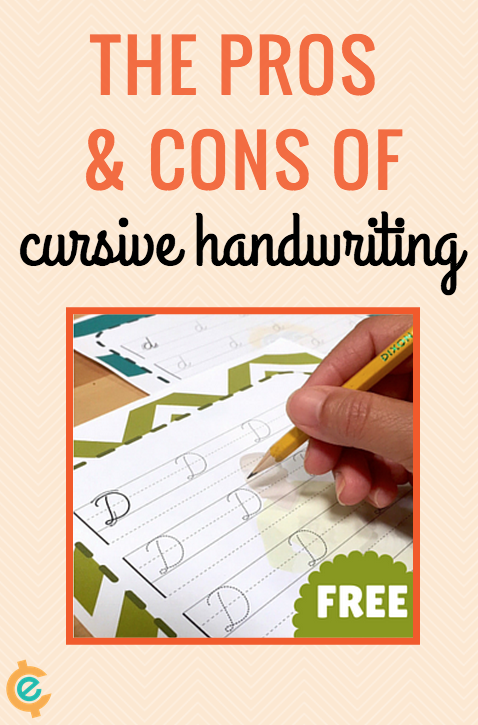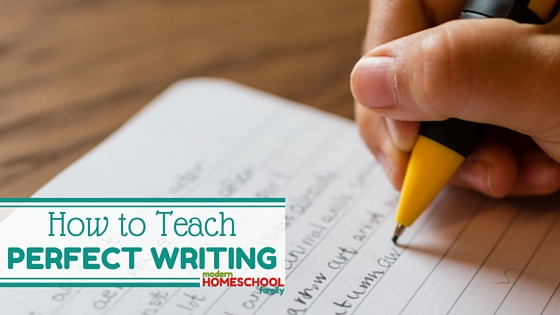
The words “book report” can elicit groans from students at any age. Writing a summary of a book isn’t necessarily the most effective way to demonstrate learning in the digital age. With summary book websites online, the traditional book report is no longer an enriching task. Here are 25 alternatives to the traditional book report for students to demonstrate their comprehension and deeper understanding of a book.
25 Book Report Alternatives
- Interview a character from the book. Write a series of questions and answers from the protagonist or antagonist. You can even try focusing on a flat character.
- Write a diary or journal from the main character’s point of view. This can be done in a physical format or through blog posts online. Try a student-friendly blog site like kidblog.org or edublogs.org.
- Create a stop-motion video of major scenes from the book. Here are some tutorials on using stop motion in education.
- Draw a comic book version of the book.
- Give a book talk convincing someone to check out this book from a library.
- Write a script for a scene or scenes from the book. Cast famous actors as the characters.
- Create a playlist of songs that go with important moments or characters in the book. Explain the reason you chose each song.
- Design your own Google Lit Trip for the novel.
- Make a book jacket for the novel. Look at traditional book jackets for inspiration.
- Write the climax of the story from a different character’s point of view. (If it’s in the third person, try telling it in first person or vice versa.)
- Write an alternate ending for the story.
- Make a picture book or children’s version of your novel.
- Choose one of the themes (lessons) of the book and write about how it relates to current events.
- Write a narrative poem based on the plot of the novel.
- Make a scrapbook for one of the characters in the book.
- Explain why this book should or should not be read by students in your grade level. Back up your argument with specific evidence from the text.
- Create a glossary of vocabulary words from the book. Use images and specific sentences and context from the novel.
- Read a related book (same author, related theme, same series) and compare and contrast them in a short essay or Venn diagram.
- Create an online Jeopardy game based on themes, characters, plot questions, and other elements from the novel.
- Write a resume for the main character of the book. Use what you know about the character to make inferences to their experience and qualifications.
- If the main character is a child, write a short story about an event that happens in their adult life. If the main character is an adult, imagine an event that happened in their childhood and write about it.
- Create a social media profile (Instagram, Facebook, Twitter, Snapchat) and some posts for a character in the book. Use these templates or create real pages that comply with terms of service.
- Design the setting in Minecraft. Build a character’s home, neighborhood, city, or even country.
- Make a family tree for the main character of your novel. Create some artifacts (birth certificates, newspaper articles, scrapbook entries, photographs, etc.)
- Write a letter to the author suggesting changes in the novel.
These 25 ideas will have your student excited about reading and sharing what they learned from their latest book!
Of course, there is nothing wrong with writing a traditional book report, either. Check out this link for a lesson for middle schoolers on writing a book report.

Also published on Medium.





